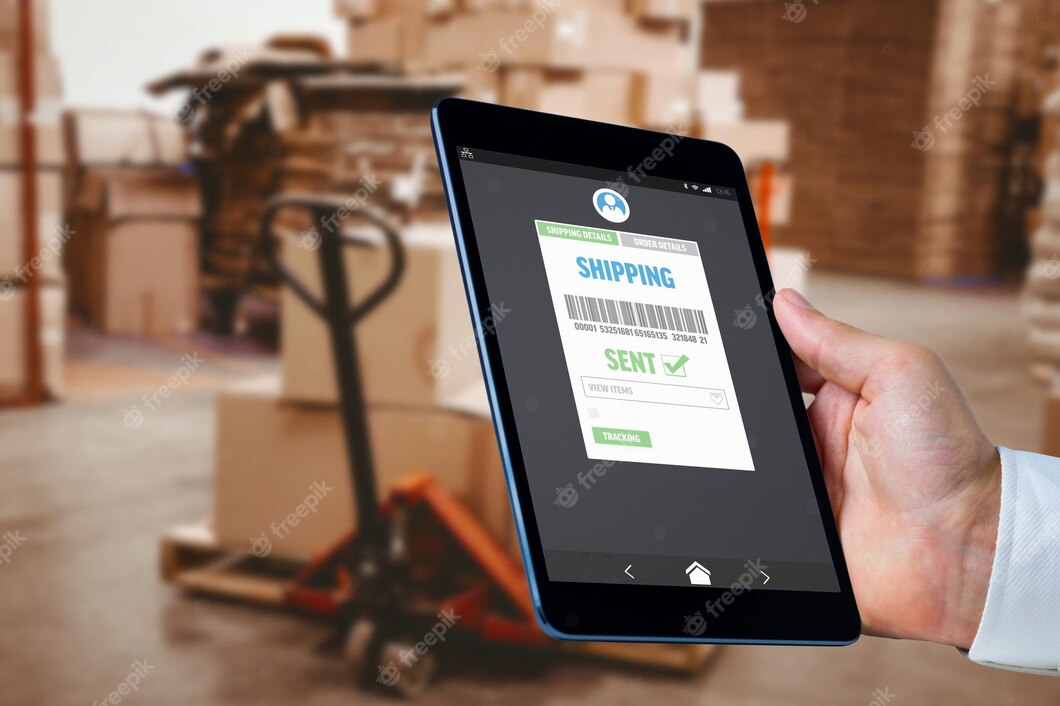
E-commerce automation refers to the use of technology to streamline and automate various aspects of an online business. From inventory management to order fulfillment and customer service, e-commerce automation can help businesses increase efficiency, reduce costs, and improve the overall customer experience.
One of the primary benefits of e-commerce automation is the ability to save time and resources. By automating repetitive tasks like order processing and inventory tracking, businesses can free up their staff to focus on other important tasks like marketing and product development.
E-commerce automation can also help businesses reduce errors and improve accuracy. For example, automated inventory management systems can help prevent overstocking or understocking of products, which can lead to lost sales or excess inventory costs. Similarly, automated order processing systems can help reduce errors and ensure that orders are fulfilled accurately and on time.
Another important benefit of e-commerce automation is the ability to scale more effectively. As businesses grow, they often face challenges in keeping up with increased demand and managing larger volumes of orders and inventory. E-commerce automation can help businesses manage this growth more effectively, by providing the tools and systems needed to handle larger volumes of orders and inventory
Hybrid automation refers to the use of both human and automated processes to complete a task or workflow. This approach combines the best of both worlds, leveraging the efficiency and accuracy of automation while also utilizing human intelligence and decision-making.
In the context of business operations, hybrid automation can be particularly useful for processes that require a high degree of accuracy but also require human input or oversight. For example, a manufacturing process may involve automated machinery for certain tasks but still require human workers to perform quality control checks or make adjustments to the production line.
Hybrid automation can also be useful for processes that involve complex decision-making or require a human touch. For example, in customer service or sales, hybrid automation can be used to automate certain aspects of the process, such as data entry or lead generation, while still providing human interaction for more personalized or nuanced interactions with customers.
One of the primary benefits of hybrid automation is the ability to maximize efficiency while minimizing errors. By combining the strengths of automation and human intelligence, businesses can create more streamlined and effective workflows that are less prone to errors or bottlenecks.
Another benefit of hybrid automation is the ability to customize workflows to fit specific business needs. Because hybrid automation allows for both automated and human processes, businesses can design workflows that best fit their unique needs and requirements, rather than relying on a one-size-fits-all approach.
Dropship automation refers to the use of automated tools and software to streamline the dropshipping process, from product sourcing and listing to order fulfillment and shipment. With the rise of e-commerce and the increasing popularity of dropshipping as a business model, dropship automation has become an essential tool for many entrepreneurs looking to grow their businesses and maximize efficiency.
One of the key benefits of dropship automation is the ability to scale a business more easily. With automated tools handling many of the manual and time-consuming aspects of the dropshipping process, business owners can focus on growing their businesses rather than being bogged down by the day-to-day operations. Dropship automation can also help reduce errors and improve accuracy, leading to fewer issues with order fulfillment and customer satisfaction.
Another benefit of dropship automation is the ability to access a wider range of products and suppliers. Automated tools can help with product research and sourcing, allowing business owners to find and list products more quickly and efficiently. This can be particularly useful for businesses looking to expand their product offerings or enter new markets.
Dropship automation can also help improve profit margins by reducing costs associated with labor and manual processes. Automated tools can help optimize pricing strategies, manage inventory levels, and streamline shipping and fulfillment processes, all of which can contribute to increased profitability.


Fulfillment by Amazon (FBA) is a popular service offered by Amazon that allows businesses to store their products in Amazon's fulfillment centers, from where Amazon picks, packs, and ships the products to customers on behalf of the seller. FBA automation refers to the use of automated tools and software to streamline the FBA process, from inventory management and pricing to order fulfillment and shipping.
One of the key benefits of FBA automation is increased efficiency. With automated tools handling many of the manual and time-consuming aspects of the FBA process, business owners can focus on growing their businesses rather than being bogged down by the day-to-day operations. FBA automation can also help reduce errors and improve accuracy, leading to fewer issues with order fulfillment and customer satisfaction.
Another benefit of FBA automation is increased scalability. By leveraging automated tools and software, businesses can easily manage their inventory levels, optimize their pricing strategies, and streamline their shipping and fulfillment processes. This allows them to more easily scale their operations and handle increased sales volume without needing to hire additional staff.
FBA automation can also help businesses reduce costs and increase profitability. By automating key aspects of their operations, such as inventory management and shipping, businesses can reduce the amount of time and money spent on manual processes. Additionally, automated tools can help optimize pricing strategies and improve profit margins.
Fulfillment by Amazon (FBA) coaching refers to the practice of working with a coach or mentor who has experience with the FBA process and can provide guidance, advice, and support to businesses looking to sell their products on Amazon using the FBA service.
FBA coaching can be particularly valuable for businesses that are new to the FBA process or are looking to optimize their operations and increase their sales. A good FBA coach can provide guidance on everything from product selection and inventory management to pricing strategies and marketing tactics.
One of the key benefits of FBA coaching is access to expertise and experience. A skilled FBA coach can draw on their own experience selling products on Amazon using the FBA service to provide guidance and advice on best practices, common pitfalls to avoid, and strategies for success. This can help businesses avoid costly mistakes and make the most of their FBA operations.
FBA coaching can also provide accountability and motivation. Working with a coach can help business owners stay on track with their goals and stay motivated in the face of challenges or setbacks. A good coach can provide support and encouragement to help business owners stay focused and committed to achieving their goals.
Another benefit of FBA coaching is personalized support. A good coach will work closely with business owners to understand their unique needs and goals and provide customized guidance and advice tailored to their specific situation. This can help businesses achieve better results and make faster progress towards their goals.


Amazon Fulfillment Program, also known as Amazon FBA (Fulfillment by Amazon), is a service provided by Amazon to help sellers store their products in Amazon's fulfillment centers. This allows sellers to leverage Amazon's logistics and customer service infrastructure to fulfill orders, handle customer inquiries, and process returns.
Through Amazon FBA, sellers send their inventory to Amazon's fulfillment centers, where it is stored and processed for shipment to customers. Amazon takes care of the picking, packing, and shipping of the products, as well as handling customer service and returns. This can save sellers time and resources, allowing them to focus on growing their business and expanding their product offerings.
One of the key benefits of using Amazon FBA is the access to Amazon's vast customer base. By participating in the program, sellers can take advantage of Amazon's marketing and promotional efforts, as well as the Prime shipping program, which offers customers free and fast shipping on eligible products.
Amazon FBA also provides sellers with access to various tools and services to help manage their inventory, pricing, and promotions. For example, the Inventory Placement Service allows sellers to have their inventory sent to a single fulfillment center to reduce shipping costs, while the Multi-Channel Fulfillment service allows sellers to fulfill orders from other sales channels, such as their own website or a third-party marketplace.
Dropshipping is a popular e-commerce business model that allows entrepreneurs to sell products without owning inventory. With this business model, the seller sources products from suppliers who will ship the products directly to the customer. Therefore, finding reliable and quality dropshipping suppliers is crucial for the success of any dropshipping business.
One way to find dropshipping suppliers is to use supplier directories. These directories provide a list of verified and reputable suppliers, along with their contact information, product offerings, and other important details. Popular supplier directories include Oberlo, SaleHoo, and Worldwide Brands.
Another way to find dropshipping suppliers is to attend trade shows and conferences. These events are great opportunities to meet suppliers in person, learn about new products, and establish relationships with potential partners. Some popular events for dropshipping include the Canton Fair in China and the ASD Market Week in the United States.
Social media platforms such as Facebook, Instagram, and LinkedIn can also be used to find dropshipping suppliers. By joining relevant groups and communities, sellers can connect with suppliers, ask for recommendations, and get insights into industry trends.
It's important to note that finding quality dropshipping suppliers can take time and effort. It's crucial to do proper research, ask for samples, and establish clear communication with potential suppliers to ensure a successful partnership.